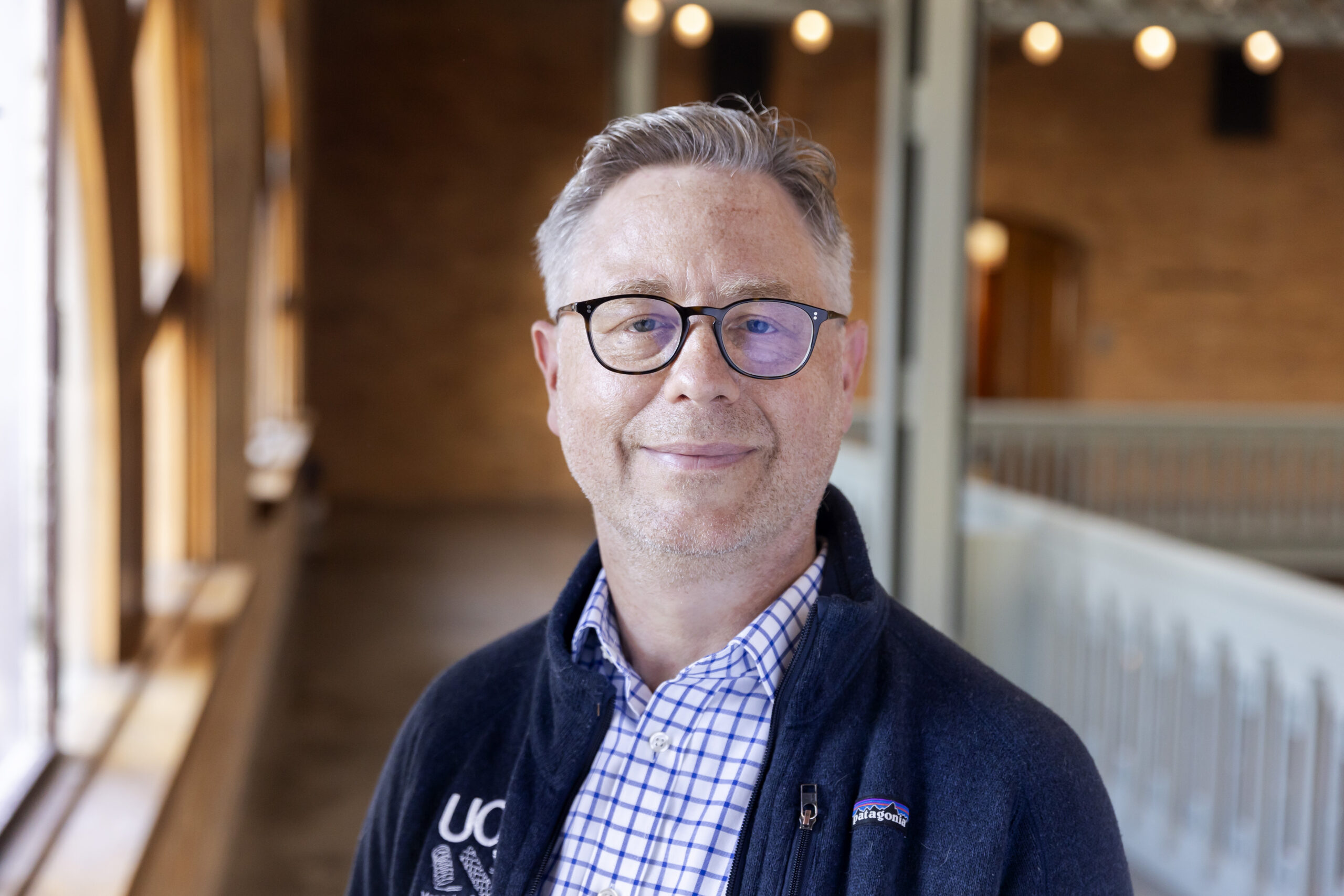
Miles Conrad
Dr. Miles Conrad is a Clinical Professor in the Department of Radiology at the University of California, San Francisco. He received his MD from Dartmouth Medical School and his MPH in Quantitative Methods from Harvard University.
Spark Award Project
Joint project with Phil Messersmith
Image-guided percutaneous thermal ablation is a minimally invasive alternative to surgical resection of malignant tumors. To address safety concerns associated with this procedure, they developed a hydrogel that is biocompatible, biodegradable, easily injectable due to shear-thinning, mechanically strong enough to displace tissues, and highly viscous and resistant to dissipation away from the deposition site.
Miles Conrad’s Story
When Hydrogels Meet Healthcare: A Bakar Fellow’s Solution
By: Niki Borghei
November 7, 2023
Thermal ablation, a widely accepted alternative to surgical interventions, involves inserting a probe to burn or freeze targeted tissue. It’s a minimally invasive procedure that can used to treat cancer, pain, or gallbladder disease. But as with any procedure, there’s a risk. In this case, problems can arise when sensitive adjacent tissues, like the bowel or nerves are near by which can be injured by ablation. That’s why physicians often inject saline, in a process termed
hydrodissection, to create a protective zone around the target tissue. Saline, however, is limited because it rapidly moves away due to gravity. To date there is no market alternative to saline for hydrodissection for thermal ablation. Dr. Miles Conrad, a Clinical Professor in the Department of Radiology at UCSF, is trying to change that.
Q: What’s your alternative to saline?
A: Essentially we are trying to create a hydrogel that can be injected into the body via a needle to move target tissue (i.e. tumors) away from sensitive organs (e.g. bowel, skin, nerves), coalesce in large potential spaces, reduce procedure time and radiation, then absorb. Our project centers around optimizing this hydrogel to make thermal ablation safer for patients, more efficacious, and expand the types of conditions we can treat.
Q: What sparked your idea to create a hydrogel?
A: I became interested in creating the ideal hydrodissectant, after hours of injecting saline (sometimes liters) into patient’s bodies to move tissue during thermal ablation procedures to create a safe zone to prevent injury. Excessive hydrodissection results in long procedure times with more patient radiation as we have to take frequent CT scans to ensure we are safe to proceed before burning or freezing tissue.
Q: What led to your interest in entrepreneurship?
A: I became interested in entrepreneurship because I like thinking about solutions to everyday problems we see in medicine. Working at UCSF and collaborating with UCB has been wonderful experience because there is so much support for innovation. In addition, my entire field of study, interventional radiology (IR), is a technology driven specialty rooted in developing image-guided less invasive solutions to improve patient outcomes. Most importantly I have fortunate to work with several great mentors such as my boss, Mark Wilson MD, the Chief of IR at Zuckerberg San Francisco General Hospital, and my colleague Hugh McGregor MD who have nurtured a culture of creativity and innovation by constantly asking what’s possible in medicine.
Q: How did you get to know Phil Messermsith, and what led to working on this joint project?
A: I was introduced to Phil Messersmith through Mike Harrison at UCSF after receiving a grant from UCSF Surgical Innovations. Mike is also one of my role models because he is constantly tinkering and developing. Anyway, Mike and Phil had collaborated on various projects. I came to Phil with the hydrodissection problem and he introduced me to his post doc, JiSoo Shin PhD. We were lucky to receive a UCSF Innovation Ventures (Catalyst) Award and Dept. of
Radiology Seed Grant and work with a UCB Masters in Translational Medicine (MTM) engineering team. JiSoo and Phil created the gel. With the Bakar Spark Award funding, we get to optimize and test the gel with the help of a second MTM team. It has been a rewarding experience as a UCSF physician working with engineers. I love the collaboration.
Q: When do you expect to see the initial application of your hydrogel?
A: Once we complete our testing and start down the regulatory path we’d like to see it in use in 3 to 5 years. I have 3 little kids at home and a busy clinical practice at UCSF so it is going to continue to be a team effort. My teammates are incredible so I’m optimistic.